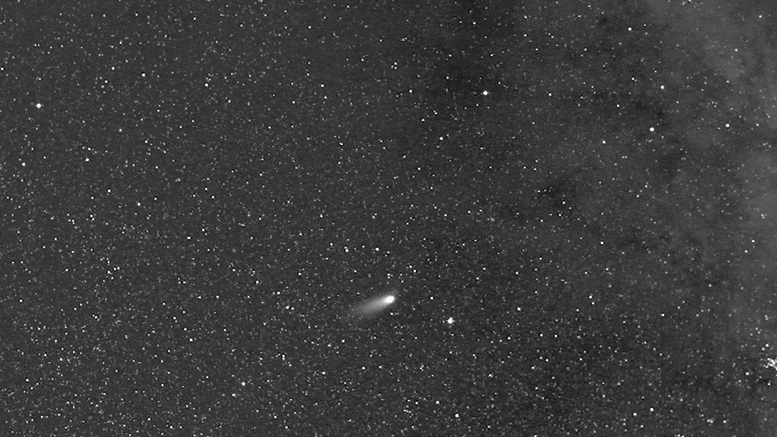
WASHINGTON — The Space Development Agency for the first time demonstrated space-to-ground data communications from low Earth orbit satellites launched earlier this year.
In three demonstrations held over the past several days, Link 16 terminals on three satellites in orbit were able to talk to radios on the ground, SDA said Nov. 28.
Operators transmitted multiple messages from satellites using L-band radios aboard Tranche 0 Transport Layer satellites made by York Space to a ground test site outside the United States. SDA did not disclose the precise location and only said it was within the territory of a Five Eyes partner nation.
SDA building a proliferated LEO network
SDA is a U.S. Space Force organization building a space data network — called the Proliferated Warfighter Space Architecture — that includes a transport layer and a missile-tracking sensor layer. The agency aims to deploy an internet in space that can move data from satellite to satellite, and pass information to military systems on the ground, at sea and in flight.
The agency has 23 Tranche 0 satellites in orbit launched by SpaceX in April and September — 19 communications satellites for the transport layer and four missile-tracking spacecraft.
The Link 16 demonstration marks a major milestone as SDA’s transport layer satellites will be space nodes of the military’s Link 16 network – an encrypted tactical data protocol used to connect aircraft, ships, and ground vehicles so they can exchange data, including text, voice messages, and imagery. In operation since the 1970s, Link 16 is a line-of-sight network, and extending it into space would provide beyond line-of-sight connectivity.
“I can’t underscore enough the significance of this technical achievement as we demonstrate the feasibility of the Proliferated Warfighter Space Architecture and its ability to deliver space-based capabilities to the warfighter over existing tactical data links,” SDA’s director, Derek Tournear said in a statement.
Waiver received to conduct tests
SDA started the Link 16 tests just hours after receiving approval from an allied nation, after the National Telecommunications and Information Administration issued a waiver in accordance with the International Telecommunication Union process to transmit from space to ground. The waiver also includes permission to conduct future tests over international waters.
SDA also is seeking authorization from the Federal Aviation Administration to transmit Link 16 signals in national airspace over a test site at Eglin Air Force Base, Florida. Current FAA restrictions prevent broadcasting Link 16 from space into the U.S. national airspace. SDA coordinated with the NTIA to obtain a waiver to transmit to a Five Eyes nation and over international waters.
As envisioned, the Transport Layer will require the ability to establish bi-directional communication from space to ground. Testing Link 16 from space with an international partner “represents a compromise position and SDA’s requirement remains to test over U.S. airspace,” Tournear said.
The Link 16 antennas on York Space’s satellites. were supplied by Redwire.
Charles Beames, executive chairman of York Space, said the successful Link 16 demonstration is a “big deal,” akin to the first time a cell phone connected to a cell tower and back. Once the Link 16 network is integrated in the Transport Layer’s laser communication backbone, “warfighters will have assured global communications,” Beames said.
“A soldier on the ground will be able to receive updated commander’s instructions. up-to-minute intelligence via a secure link,” he said. “This validates SDA’s proliferated warfighter network concept.”
Sandra Erwin writes about military space programs, policy, technology and the industry that supports this sector. She has covered the military, the Pentagon, Congress and the defense industry for nearly two decades as editor of NDIA’s National Defense…
More by Sandra Erwin
Note: This article have been indexed to our site. We do not claim legitimacy, ownership or copyright of any of the content above. To see the article at original source Click Here














